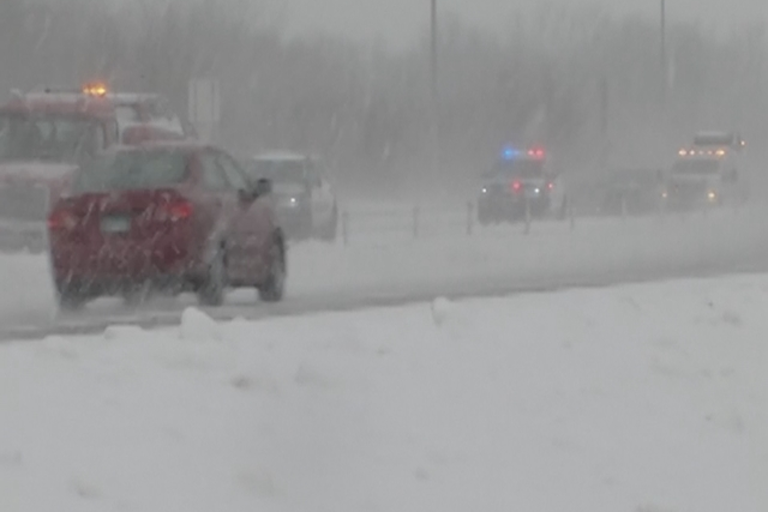The Midwest region comprises Illinois, Indiana, Iowa, Kansas, Michigan, Minnesota, Missouri, Nebraska, North Dakota, Ohio, South Dakota and Wisconsin.

On Wednesday, a low of minus 30.5 degrees Celsius was registered in Chicago, which also recorded wind chills, while the city of Rockford in Illinois saw temperatures plummet to minus 31 degrees Celsius on Wednesday, the National Weather Service (NWS) said.
Mount Carroll, Illinois, recorded minus 38 degrees Celsius on Thursday. If this confirmes, it would become the state's record low, supplanting the previous record of minus 36.
The sustained cold taxed energy systems across the Midwest, leading to some power failures and urgent calls to customers to reduce the heat in their homes.
Many schools, businesses and restaurants remained shut on Thursday.
By Thursday evening, airlines had cancelled more than 2,300 flights in the US, according to FlightAware. On Wednesday, cancellations topped 2,700.
Throughout the Midwest, hospitals reported patients arriving with symptoms tied to the weather such as frostbite or hypothermia.
Also Read: Australians urge Thailand to free Bahraini refugee
What is polar vortex

- Polar vortex is an upper level low-pressure area located above the Earth's pole, around fifty miles up there. There are two vortices over north and south poles.
- While the vortex over the north pole rotates clockwise, the one over the south pole rotates anti-clockwise. A large amount of cold, dense arctic air lies below these vortices.
- It is interesting to note that while the polar vortex is not freezing cold in itself, it creates a cold zone on the ground with the arctic air that circulates. But it is not that it will always create a condition as is manifest in the US midwest now.
Size of polar vortex
The diameter of the vortices measures less than 1,000 kilometers.



